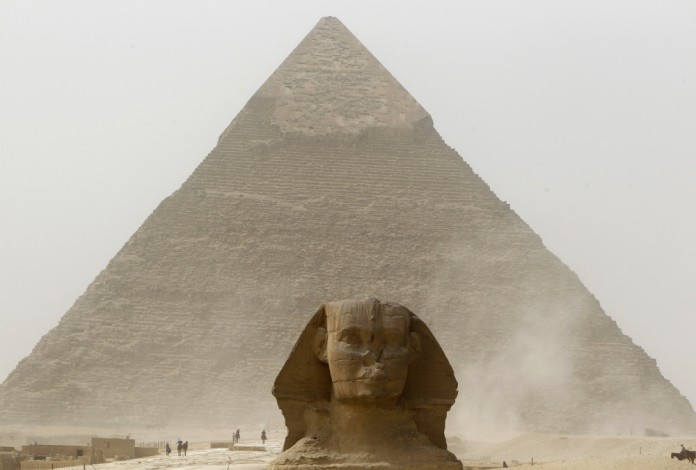Christian Post Report – Czech archaeologists have discovered an ancient boat used for a wealthy funeral procession near the famous pyramids in Cairo, Egypt.
Archaeology Discovery: 4,500-Y-O Funeral Boat Found Near Egyptian Pyramid
Miroslav Barta, who oversaw the Czech-led archaeological dig near the Abusir pyramids for the Czech Institute of Archaeology at Charles University, told the AFP that the funeral boat was likely built for a wealthy, prominent member of society due to its proximity to the well-known pyramids.
The wooden, 4,500-year-old boat was found near one of the pyramids’ Mastaba, or large tomb meant to house the dead.
Barta told the AFP that the boat’s proximity to the mastaba shows the “extraordinary social position of the owner of the tomb.”
According to Archaeology.org, the well-preserved boat dates back to 2550 B.C., with its wooden planks and wooden pegs still in good condition, as well as its ropes and plants used to bind the boat together.
It remains unclear who the boat and the tomb it was parked near belong to, although Barta says a bowl with the name “King Huni from the Third Dynasty” has been found inside the tomb.
“In fact, this is a highly unusual discovery since boats of such a size and construction were, during this period, reserved solely for top members of the society, who usually belonged to the royal family. This suggests the potential for additional discoveries during the next spring season,” Bárta said in a press release.
The well-preserved nature of the ship will offer archaeologists a clear insight into ship making techniques from 4,500 years ago, the press release adds.
The Czech Institute of Technology at Charles University has made other important discoveries near the Abusir pyramids since it started its excavation project in 2009.
Earlier this month, Barta announced that his team had discovered the tomb of Queen Khentkaus III located near the pyramid of King Neferefre.
It is believed that the queen’s proximity to the king’s tomb means that she was the wife of King Neferefre and therefore the mother of his son, King Menkauhore, who served as successor to his father’s kingdom.
“If we can assume that the queen was buried during the time of King Nyuserre (2445 B.C.-2421 B.C.), based on a seal that bears his name that was found on the tomb, we could say that Khentkaus III is the mother of King Menkauhore who was the successor of Nyuserre,” Jaromir Krejci, a member of Barta’s excavation team, told The Luxor Times earlier in January.
